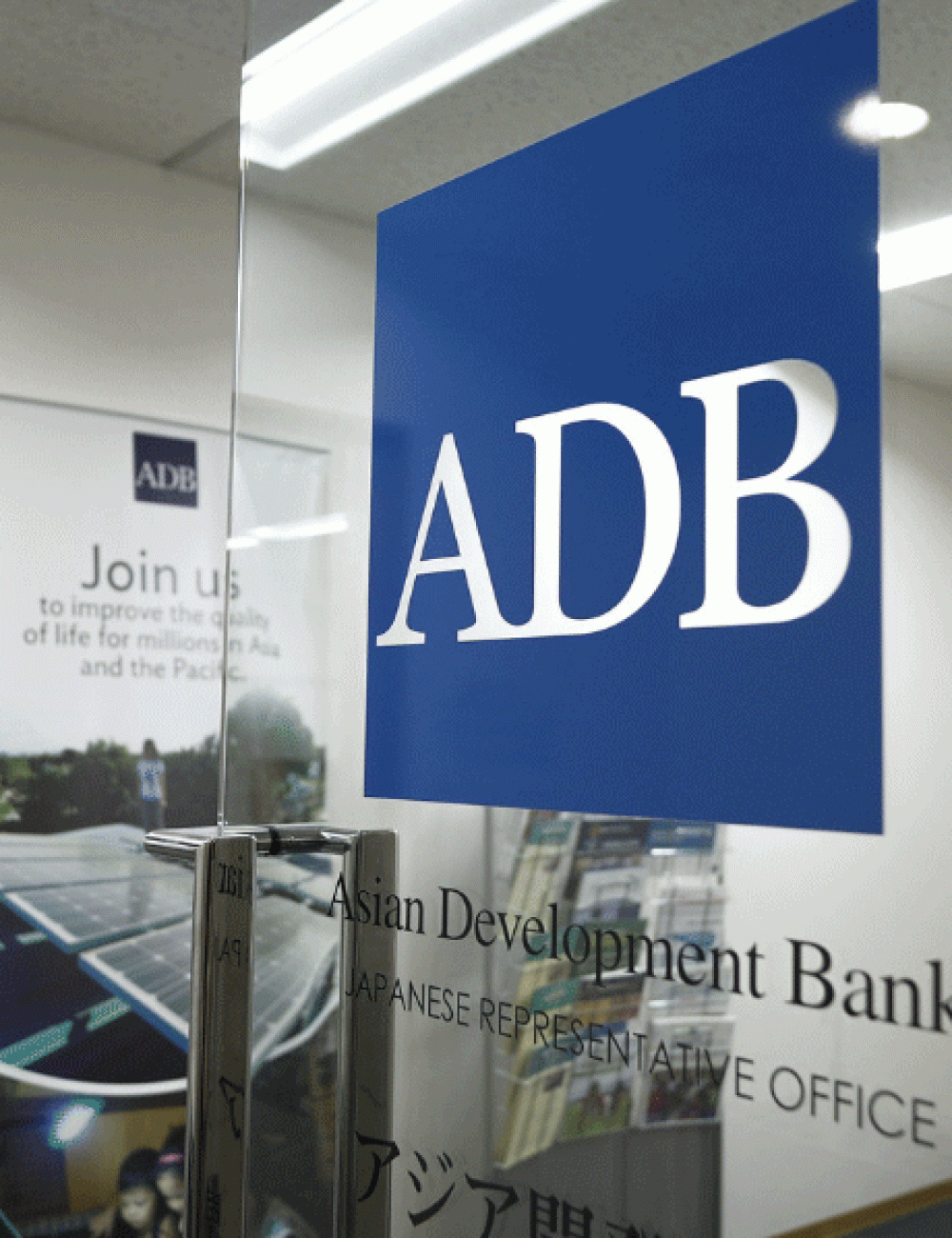Asian Development Bank’s gender analysis in transport projects

Lorem ipsum dolor
Lorem ipsum dolor
Asian Development Bank’s (ADB) Policy on Gender and Development (GAD) adopts gender mainstreaming as a key strategy for promoting gender equality and women’s empowerment in all ADB operations. ADB adopts 4-tier gender categorization system to measure, count, and report on the extent to which gender equality issues are integrated into project design.The design and implementation of gender responsive and gender-inclusive transport projects require gender analysis and policy dialogue during the planning and design phase, and gender capacity development for transport sector agencies during implementation. These people centred questions are critical to ask and understand if transport investments are to deliver inclusive results and bring equitable benefits to women.
The gender analysis aims to: (i) identify key gender issues and determinants directly relevant to the intended transport infrastructure and services to be provided by the project; (ii) assess the differing needs and constraints of men and women in access and utilization of transport infrastructure and services; (iii) assess specific gender concerns, such as gender based violence and safety of women in public transportation systems; (iv) inform gender-inclusive project designs by identifying opportunities to maximize gender benefits and minimize and mitigate adverse gender impacts or risks through the proposed project, and (v) collect baseline sex-disaggregated data to be used in monitoring project outputs and outcomes during project implementation. The link between gender equality and transport interventions becomes clear when attention is given to the different transport needs, purposes, and modes of transport of women and men, instead of a narrow focus on provision of transport infrastructure. The ITF Gender Analysis Toolkit for Transport Policies provides guidance on gender dimensions of transport, and how to integrate gender analysis into transport project design, implementation, and policy engagement. This will be beneficial to ADB staff during project processing when gender performance indicators are designed, during implementation when projects are monitored, and as a reference when engaging in meaningful policy dialogue with government partners and private sector clients.

